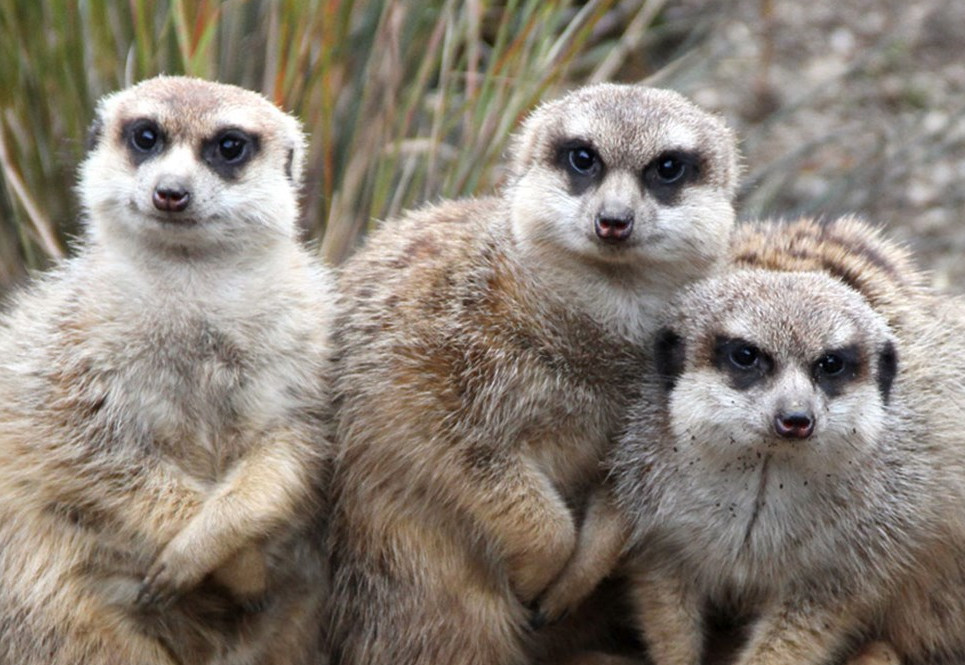Sloth bear
Melursus ursinus
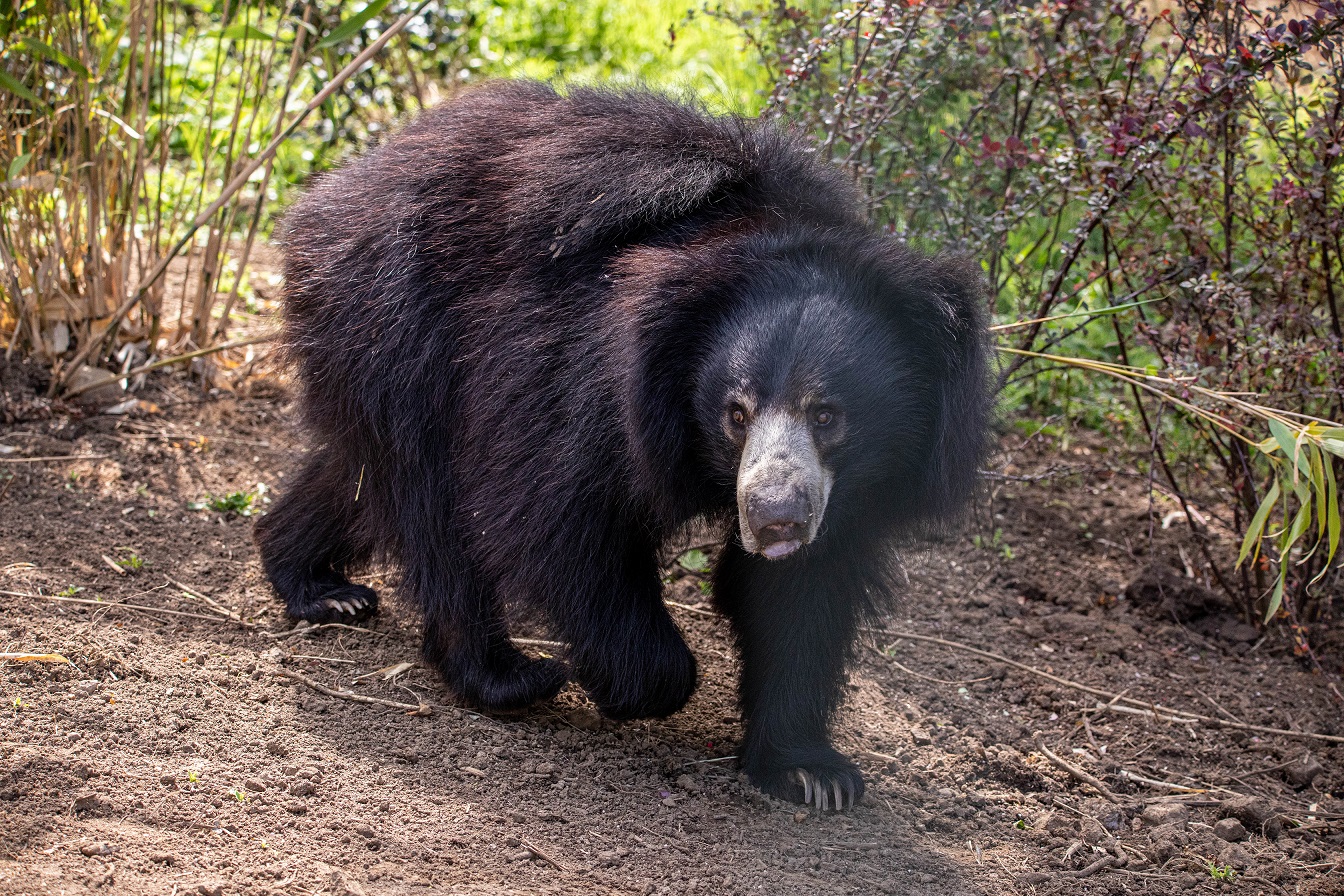
We are home to two sloth bears - Cipísek and Rajath.
Cipísek was born in 2022 and joined us in July 2025. Rajath, born 2010, arrived in December 2025.
The sloth bear’s forest and grassland homes are vanishing and many fall victim to poachers. By welcoming this species, visitors will be able to learn more about these amazing animals and what we can all do to help protect them in the wild.
Within the new area here at the zoo, there will be plenty of outdoor space for them to roam, a play den providing visitors with amazing views and areas where children of all ages can imagine what it’s like to be a bear.
Visitors will be able to get up close to this amazing species, who are known for being particularly noisy. Their snuffling and snorting sounds can be heard from 100 metres away!
Population
Decreasing
Diet
Omnivore
Habitat
Grasslands
Fact file
Despite having a thick shaggy coat, they live in the hot, dry grasslands and forests of South Asia and the Indian subcontinent. Their coat actually protects them from being bitten by their favourite food...termites
The species isn't aggressive by nature, but will defend itself from tigers, leopards and other bears by standing on its hind legs and using its teeth and claws
Sloth bears are generally quiet but they can produce a powerful roar when they need to defend themselves
Latest sloth bear news
View all news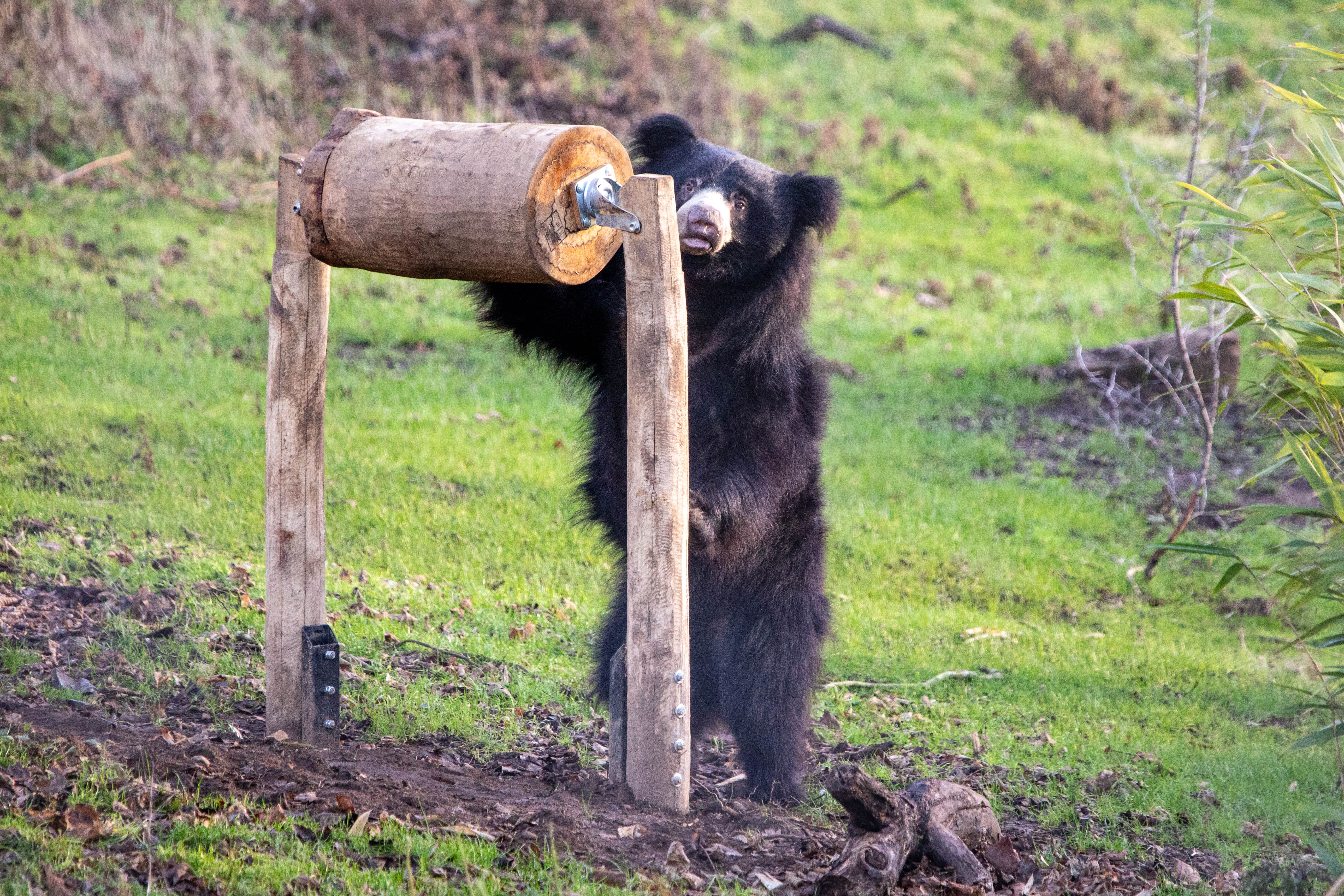
18 Dec 2025
One minute read
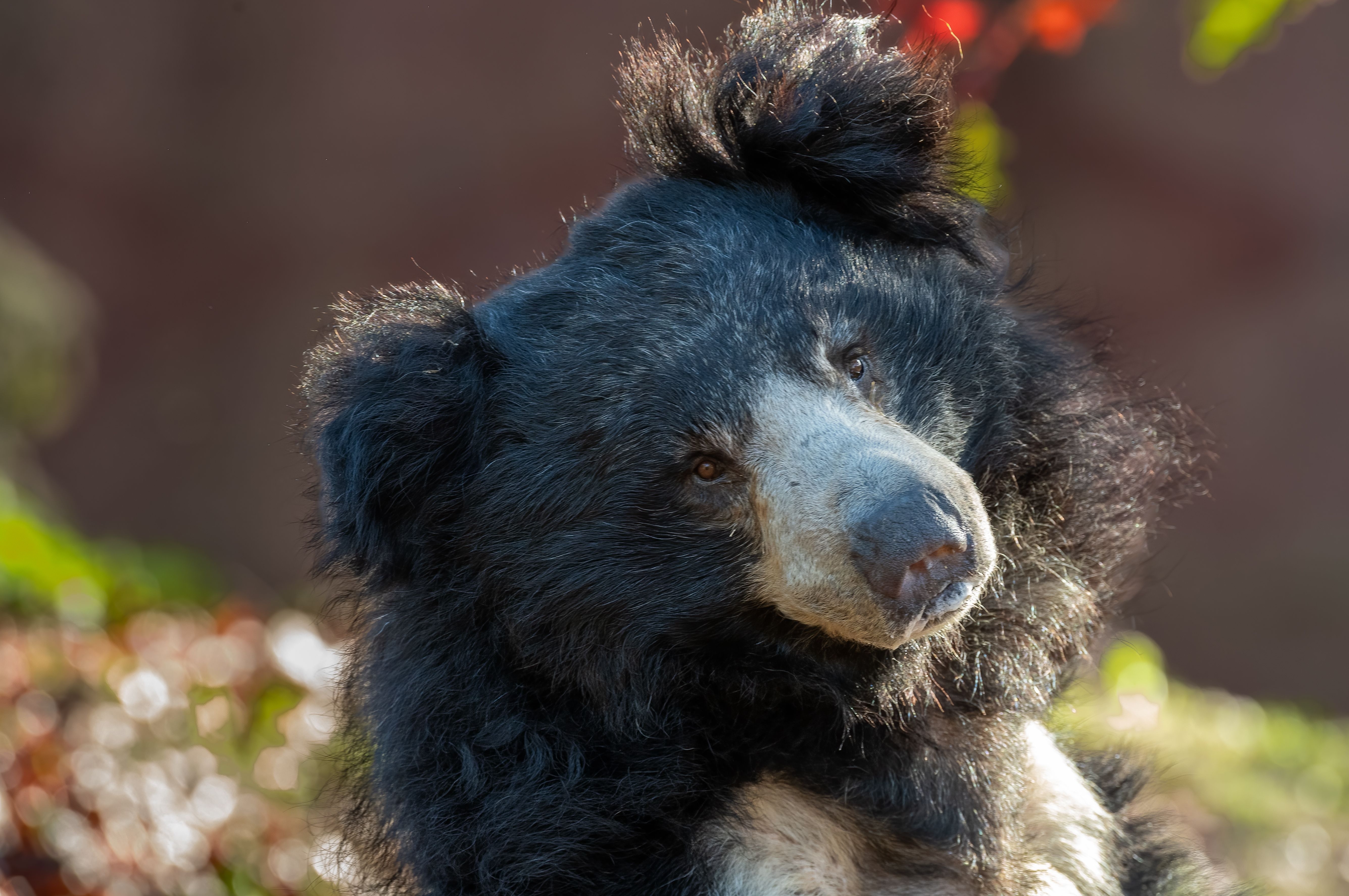
12 Dec 2025
One minute read

29 Sep 2025
One minute read
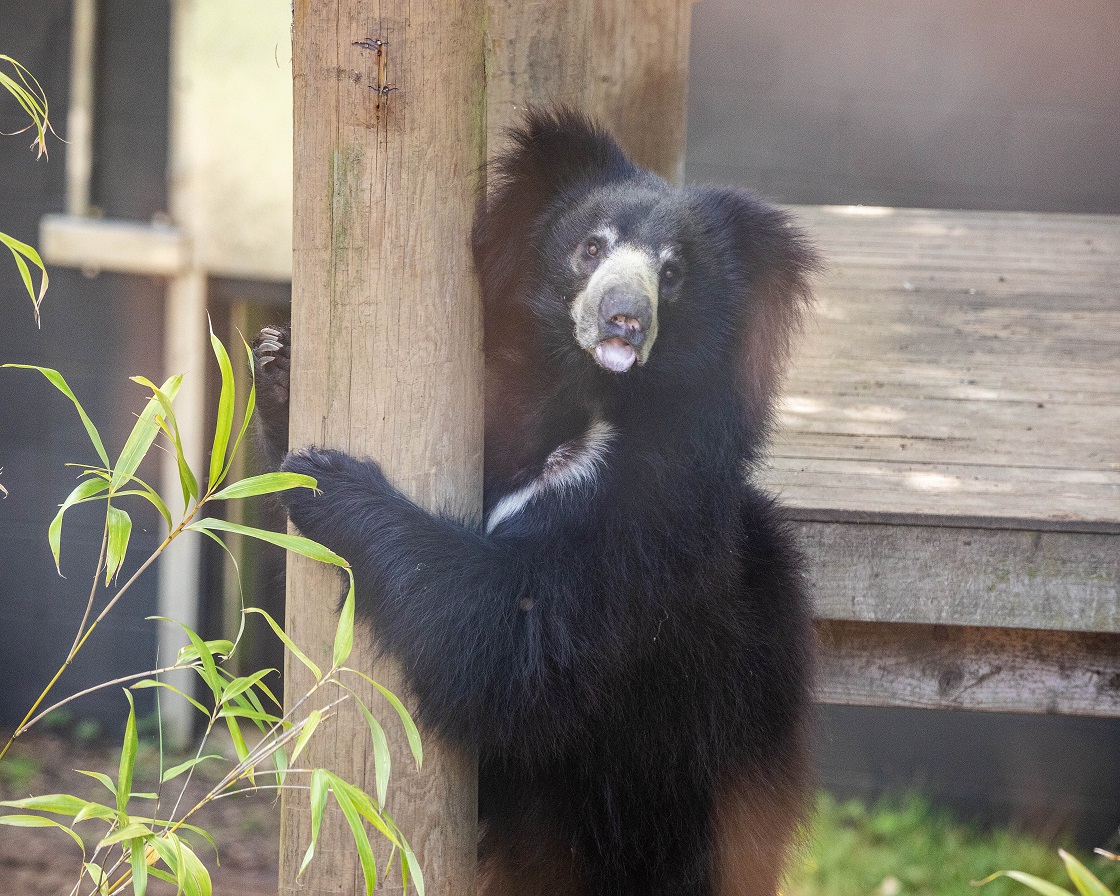
How we're helping
Like all the animals in our care our sloth bears are amazing ambassadors for their relatives in the wild and help hundreds of thousands of people connect with nature every year. They encourage visitors to learn about the threats facing wildlife and the action they can take to help create a world where nature is protected, valued and loved.
As a wildlife conservation charity, we care for the animals here at the zoo and work to protect species at risk around the world. From providing expertise in genetics and veterinary health, to protecting wild places with local conservation partners, and even restoring threatened species to the wild, we are active where we are needed most.
Find out more about conservation
